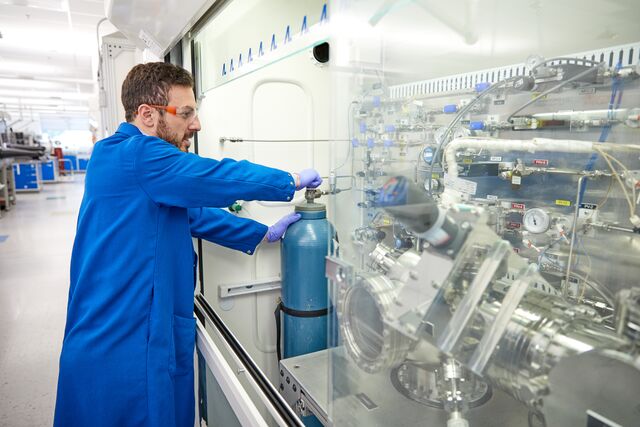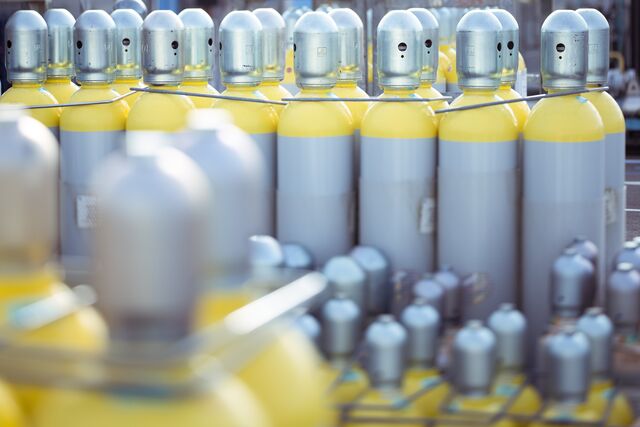Special gases
Several types of gases are so-called ‘special gases’: high purity gases, high accuracy mixtures for instrument calibration and electronic specialty gases. Each type has its unique range of applications.

High purity gases
High purity gases contain a very low concentration of impurities around or below the limit of detection of a gas detector. High purity gases are mainly used as carrier and zero gases. The most common gases are helium, hydrogen, argon, oxygen and nitrogen.

High accuracy mixtures
High accuracy mixtures are typically made to customer’s order in gas or liquid phase. The number of mixture compositions is infinite.
High accuracy mixtures are mainly used to run and calibrate analytical instruments in a wide range of fields such as combustion engine emissions, natural gas and biogas compositions, air quality measurements, breath ethanol concentrations, specification measurements for custody transfer.
High accuracy mixtures are also provided in regulated application fields and certified by accredited laboratories.
A specific gas category in the high accuracy mixtures are so-called compressed oxidant-fuel gas mixtures, containing both oxidizing and flammable components.
Electronic specialty gases
Electronic specialty gases are pure gases or mixtures comprising silane, nitrogen trifluoride, arsine, phosphine, diborane, hydrogen bromide, boron trichloride, perfluorocarbons, etc. Many of them are classified with one or more hazards (flammable, pyrophoric, oxidizing, toxic and/or corrosive, hazardous to the environment).
Electronic specialty gases are used mainly in the manufacturing of semiconductor devices including chips (micro-processors, memories), flat panel displays (TV and smartphone screens) and photovoltaic cells. They are generally used in chemical vapor deposition processes to add material to electronic devices or in etching processes to remove already deposited specific layers.